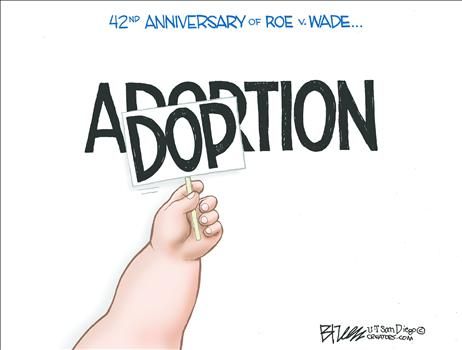If you were looking for a credible witness of any event in first century Rome, you would not think to ask a woman for her testimony. The same held true throughout the entire Roman Empire. So why did God choose a woman to be the first to witness Christ in His resurrected body? And a woman with an unsavory past at that?
Jesus’ death and resurrection ushered in a new covenant order. An order that Paul would later articulate in his letter to the Galatians:"There is neither Jew nor Greek, there is neither slave nor free, there is neither male nor female; for you are all one in Christ Jesus." (Galatians 3:28).
This was a revolutionary teaching for every culture of that day. It is still revolutionary in places where ethnic, racial, and gender differences divide people into separate identity groups.
But Christ came to make us one in Him; and He ended the “war on women,” which was universally waged in even the more civilized cultures of His day. The philosophers Plato and Aristotle, revered by so many, had a low view of women. Plato taught that if a man lived a cowardly life, he would be reincarnated as a woman. According to Aristotle, the status of women in society was somewhere between a free man and a slave, and slaves were of little value. In ancient Rome, infant girls were exposed in such great numbers that marriage customs were affected, and girls who survived infancy married at a young age.
In non-Christian cultures today, men still treat women as property to be used and abused at will. The major religions of Hinduism, Buddhism, and Islam all consider women inferior to men. Until Christianity began to impact the society of India in the first quarter of the 19th century, a widow was required to throw herself on her husband’s funeral pyre. Christian missionaries who entered China in the late nineteenth-century found that baby girls were often exposed at birth. Today so many baby girls are being aborted it is affecting China’s population balance, and it is commonplace in India. The Muslim terrorists of ISIS are systematically raping women as part of their campaign of terror.
In contrast to the subjugation and mistreatment of women and girls found in virtually every pagan and non-Christian culture, with the first announcement of God’s promise of a coming redeemer in Genesis 3:15, women have had a special place of significance in God’s kingdom. Every Israelite woman could potentially be the one who would bear the promised Messiah. As Dr. D. James Kennedy pointed out, “Throughout Scripture people are referred to as having come from a man. Only Christ is the seed of a woman.”
But for that seed to come, God had to bring life into the dead wombs of Sarah, Rebecca, and Rachel. Only then could His promise to Abraham that in him “all the families of the earth shall be blessed” be fulfilled.
Although He chose twelve men to be His disciples, in Luke 8, we learn that Jesus’ ministry was funded in part through substantial financial gifts of women. As the gospel writer Mark tells us, there were women who followed Jesus and ministered to Him in Galilee, and many went with Him to Jerusalem. Mark also specifically notes that when Jesus was crucified a number of these women stood “looking on from a distance.” Among them was Mary Magdalene.
Giving Mary Magdalene the honor of being the first to see Jesus in His resurrected state was tantamount to making her the first to experience the new order of the new covenant in which every believer exercises the office of priest.
When Mary looked into the tomb and saw the two angels, one sitting at the head and the other at the feet of the place where Jesus had lain, she saw the final “mercy seat”—the place where God’s mercy was fully realized in Jesus’ sacrificial death as the Lamb of God. Now there was no need for another sacrifice for sin—no longer would the High Priest enter the Holy of Holies to sprinkle blood on the mercy seat of atonement. The blood of the final sacrifice for sin was sprinkled on the slab in the tomb where He had lain.
The Almighty God who gave life to the dead wombs of Sarah, Rebecca, and Rachel, gave life again to the Seed of the woman—and He walked out of the tomb. The first to see Him was a woman.
Jesus’ resurrection ushered in a new order. Jesus Christ has ended the war on women.
[bold and italics emphasis mine]
Dr. Karen Gushta is a writer and researcher at Truth in Action Ministries and has recently written How Can America Survive?--The Coming Economic Earthquake. She is also author of The War on Children, and co-author of Ten Truths About Socialism. As a career educator, Dr. Gushta has taught at levels from kindergarten to graduate teacher education in both public and Christian schools in America and overseas. She has a Ph.D. in Philosophy of Education and Masters Degrees in Elementary Education and in Christianity and Culture.






No comments:
Post a Comment